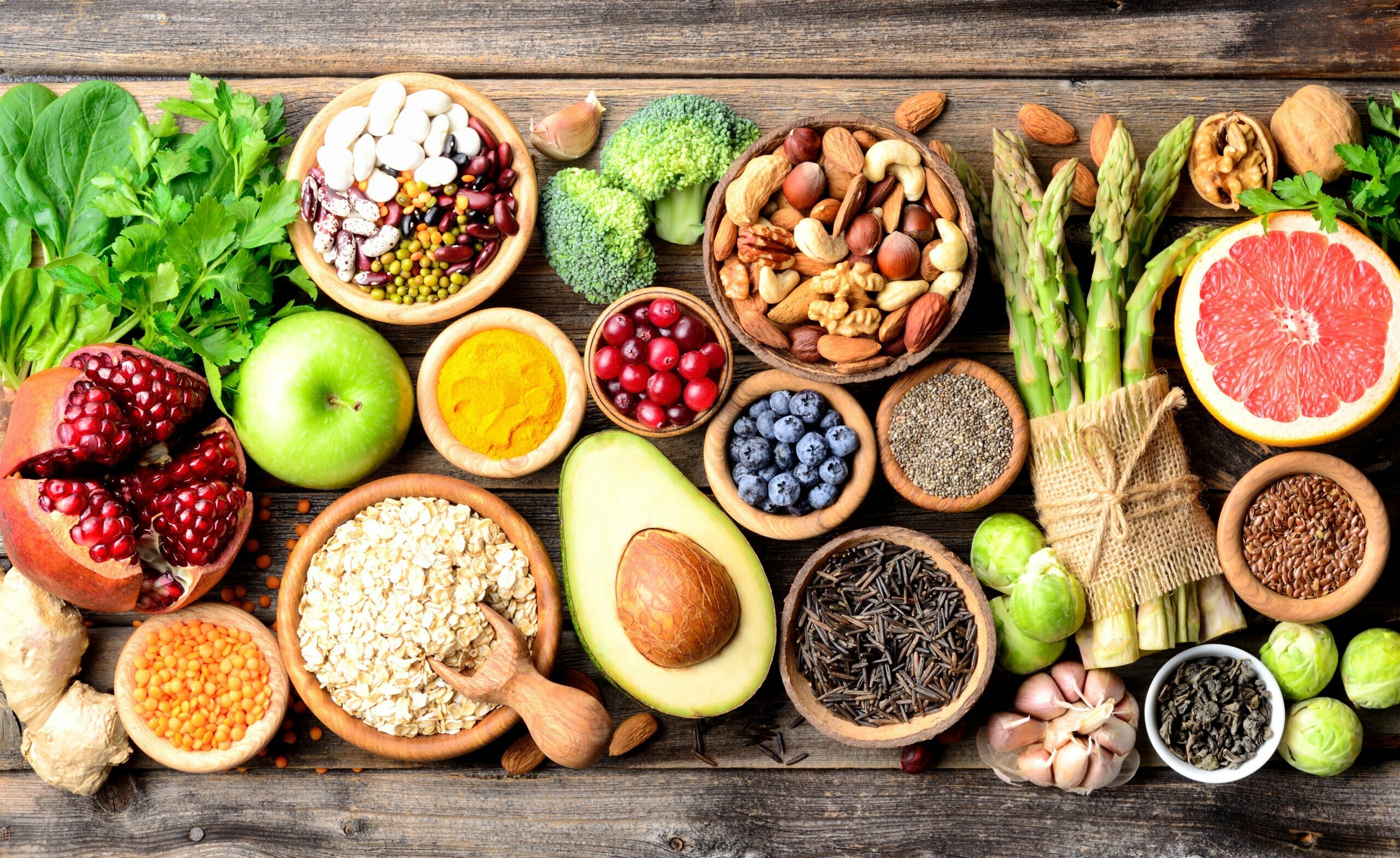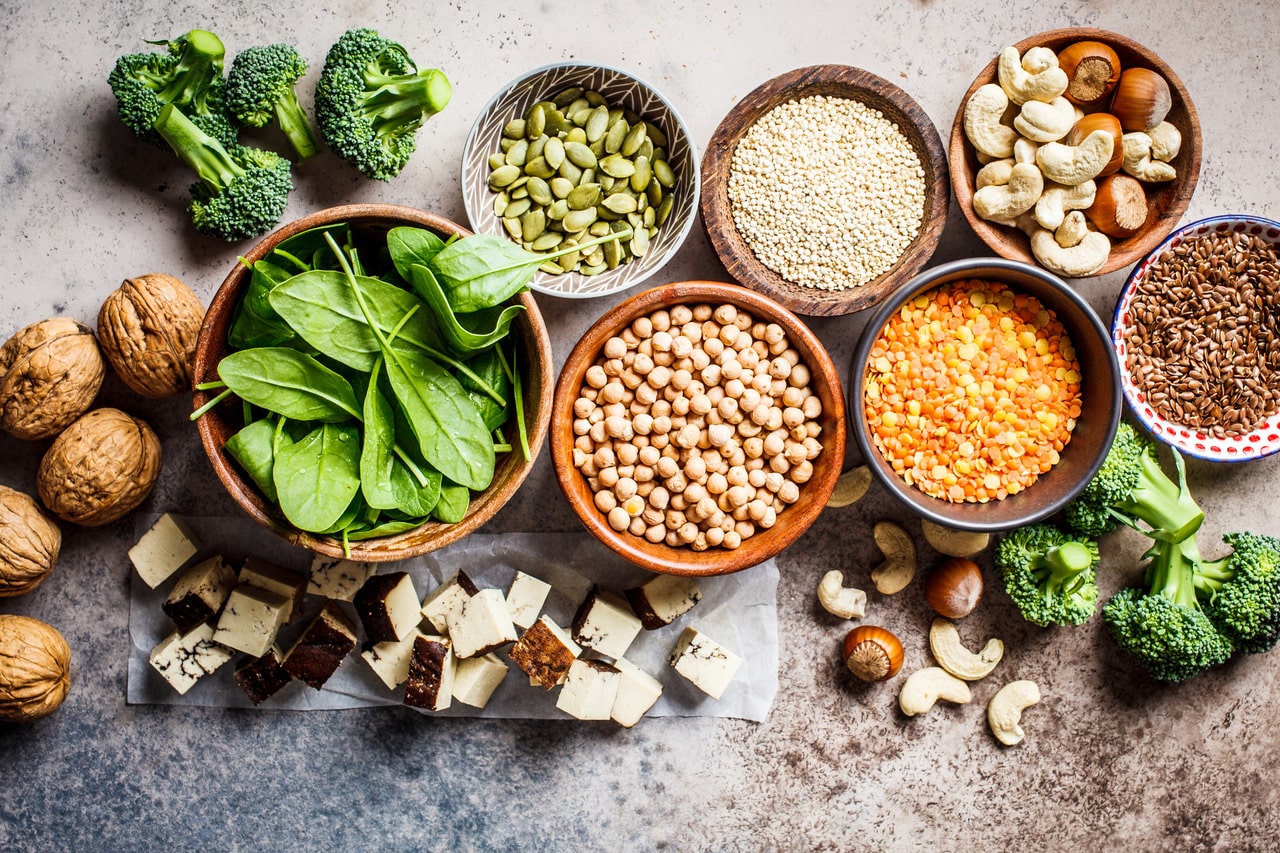Protein is an essential nutrient that plays a crucial role in the body’s functioning, including hormone regulation, muscle growth, and enzyme activity. Regardless of dietary preferences, such as being an omnivore, vegetarian, or vegan, everyone requires an adequate intake of protein to maintain optimal health. The average adult needs at least 100 grams of protein daily, though this requirement can vary based on individual factors like activity level and metabolic rate.
To aid individuals in meeting their protein needs, a visual guide outlines how different diets can achieve the target of 100 grams of protein. The guide presents various food combinations that align with omnivore, vegetarian, and vegan diets, demonstrating how easy or challenging it can be to reach this protein goal based on dietary choices. The protein amounts are calculated using nutrition facts from packaged foods and weights for accuracy, acknowledging that values may differ based on brand variations.
For omnivores, obtaining 100 grams of protein in a day is relatively straightforward, as demonstrated by a suggested meal plan. This plan includes two eggs, snack cheese, Greek yogurt, beef sausage, canned tuna, rolled oats, deli ham, mixed nuts, and rye bread, collectively providing 103 grams of protein. Such combinations show that those without dietary restrictions can easily exceed their protein requirements through a diverse range of animal-based foods.

When focusing specifically on animal protein sources, the example meal plan consists of four eggs, a can of tuna, beef meatballs, turkey bacon, and turkey breast. This combination perfectly meets the 100-gram target, highlighting the efficiency of consuming animal products for protein intake. Omnivores can comfortably surpass their protein goals by incorporating various animal-based items into their diets alongside plant-based foods.
For vegetarians, reaching 100 grams of protein is also achievable, though it may require a bit more planning. A sample meal plan includes four eggs, rolled oats, snack cheeses, protein granola, Greek yogurt, hemp seeds, peanut butter, and plant-based protein powder, yielding 99 grams of protein. This close approximation demonstrates that vegetarian diets can still provide adequate protein through a variety of dairy and plant-based options.
Vegans, however, face more challenges in meeting the 100-gram protein mark. A suggested vegan meal plan includes nuts, rolled oats, a protein granola bar, rye bread, protein granola, hemp seeds, chia seeds, peanut butter, and plant-based protein powder, totaling only 79 grams of protein. To approach the target, individuals can increase portions of certain foods or add high-protein vegan meat substitutes like tofu or tempeh, which can significantly enhance their protein intake.
While the path to reaching 100 grams of protein may differ among dietary practices, it is achievable with careful planning. Omnivores can rely on a variety of animal products to easily meet their needs, while vegetarians and vegans must be more strategic in their food choices. By utilizing diverse protein sources, including dairy, legumes, grains, and plant-based powders, individuals can successfully incorporate sufficient protein into their diets to support overall health and well-being.
